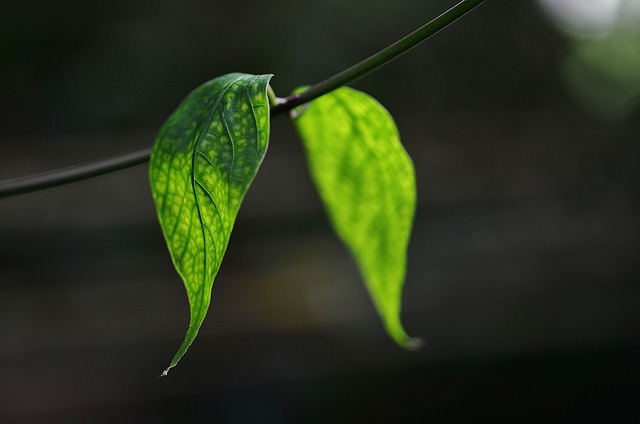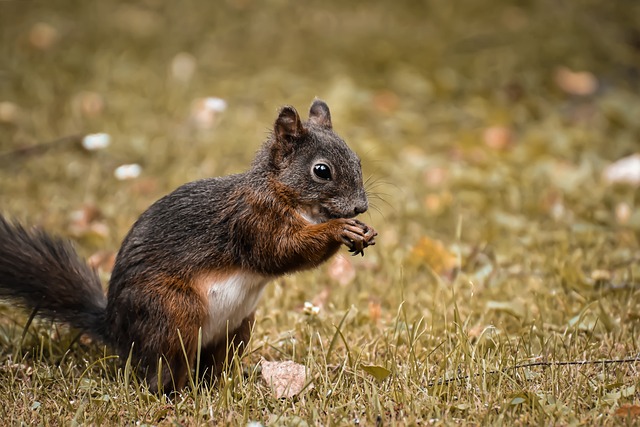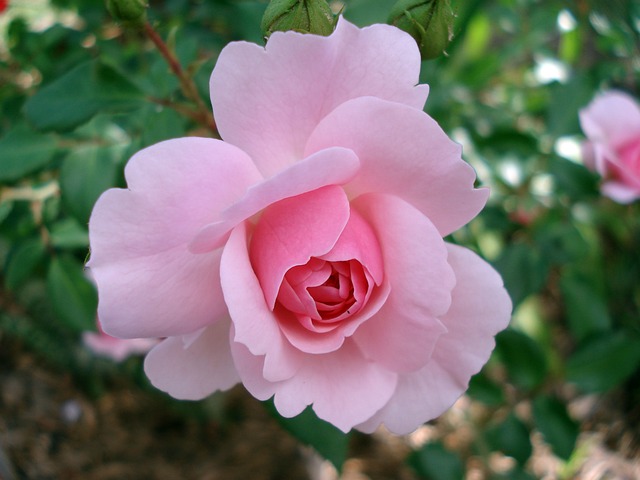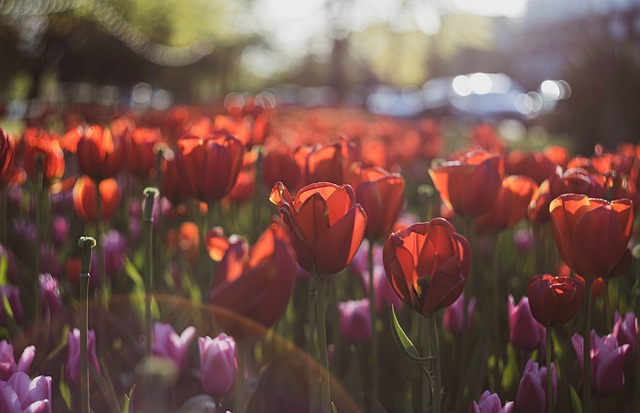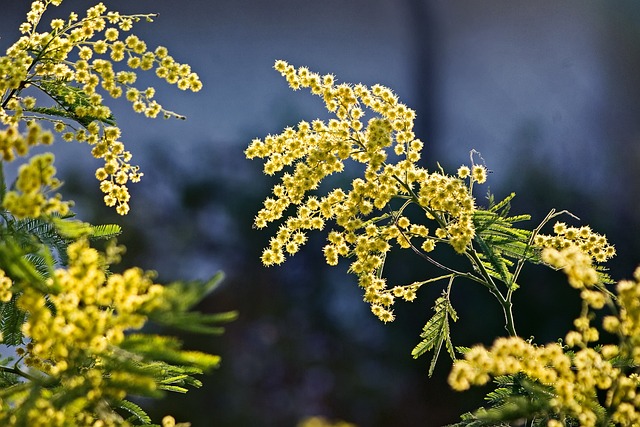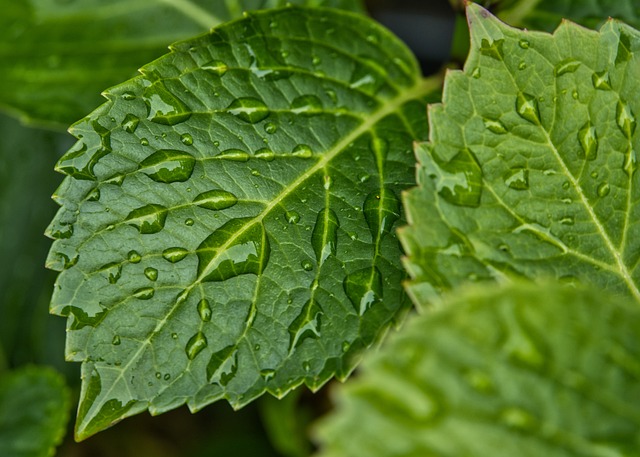
Horticulture lets you grow beautiful flowers and fresh vegetables just outside your door. There’s nothing better than eating fresh veggies in your salad. You will get some great ideas on how to get the most enjoyment out of a garden in the following paragraphs.
Slug-proof your garden with smart perennial choices. Slugs and snails are voracious eaters that can destroy a plant literally overnight. Young plants with susceptible leaves are favorite meals for slugs, including those with smoother or thinner leaves. Slugs and snails will leave some perennials alone, particularly those with a bad taste or tough, hairy leaves. Some of examples of these are achillea, heuchera, campanula, helleborus, and euphorbia.
Plant bulbs if you want spring and summer flowers. Bulbs are one of the easiest plants to grow and are hardy perennials that return each year. If you choose your plants carefully, you could have flowers in blossom from the first weeks of spring to the end of the summer.
When the fall season approaches, you must prepare to plant your favorite fall veggies and other edibles. Instead of using regular clay pots this year for planting lettuce and kale, try a pumpkin container instead! After cutting an opening and removing the meat and seeds from inside the pumpkin, use Wilt-Pruf, sprayed throughout the inside and cut edges, and prevent rot from occurring. After that, your pumpkin planter is ready to use!
Knee Pads
If your landscape includes low-growing plants, you should invest in a set of knee pads specifically designed for gardening. Without pads, you may have pain in your knees from spending too much time kneeling on the hard ground. Buy yourself a pair of knee pads to use in the garden to cushion and protect your knees.
Being a novice gardener, you should ensure that you follow the directions carefully for tool and chemical use. It may seem simple enough, but not following it could lead to chemical burns and skin irritations. Keep yourself safe and always follow instructions.
Controlling pests can be quite challenging when trying to grow a healthy, hardy vegetable garden. It is important not to use harmful chemical agents, because you are growing produce that is intended to be eaten. Instead of resorting to these harmful chemicals, you can keep garden pests at bay simply by paying close attention. Taking the pests off of the plants by hand is one of the best fixes if you are able to catch the infestation in its early stages.
To help them out, try poring leftover water from steamed vegetables on them. You may fertilize the soil with tea or coffee for plants that favor acidic environments, like rhododendrons and gardenias. Chamomile tea is a natural way to rid your plants of a persistent fungus.
Beneficial Bugs
Use only pesticides designed to kill the specific type of pest in your garden, and avoid the broad-spectrum kind. Broad-spectrum pesticides will kill insects that are helpful to your garden as well as the harmful ones. Beneficial bugs usually have more sensitivity towards pesticides than bad ones. Therefore, if the number of beneficial bugs drops, the problem with pests can get bigger. This can cause you to use an additional amount of pesticides in order to attempt to fix this problem.
Horticulture can be a relaxing hobby. Many hobbies can help you to relax and attain inner peace. Gardening on a sunday afternoon is a simple method of making this happen. While you do have to invest a little bit of money, the returns on that are huge. Great satisfaction will come from raising produce and flowers in your own environment.
Wear Sunscreen
When horticulture outdoors, you must always wear sunscreen and appropriate attire; this will help to protect you from sun damage. Wear sunscreen, wide-brimmed hats and sunglasses. When you keep your eyes and skin properly protected, you are less likely to get a sunburn. You also lower your risk in developing cancer of the skin.
Heat softens vegetables, so you can damage them immensely by pulling them out of the ground or cutting them off vines when it is too hot outside. See to it that you cut their connection to the vine as opposed to twisting them, because twisting could hurt the plant.
If you are planning to grow plants within the house, the temperature should be maintained between 65 and 75 degrees within the daylight hours. They need the temperature to be that warm so that they can grow. If you don’t want you house to be really warm during the cold season, you could use a heat lamp on organic plants instead.
Use several inches of organic materials for mulch in your flower beds. This is a simple method of discouraging weeds, retaining moisture, and adding excellent nutrients into the garden. This will also give a nice, professional appearance to your garden all year.
Organic gardening is harder than relying on chemicals, but the results are worth it. Though the use of chemicals has its own benefits, organic farming is a rewarding experience that ends with natural, healthy produce.
Try cultivating organic gardening. Cloves should be planted whole during the fall or early spring months. Garlic grows best in soil that retains moisture but drains well. Plant the cloves one to two inches beneath the soil about four inches apart and with the pointed end up. You can cut the green shoots as they are growing and use them in your cooking. You know your bulbs are ready when they turn brown on their tops. You should dry them outside in a sunny spot for a couple of days to harden the skin. Finally, store the garlic in an area with low temperatures like a pantry, either by themselves or tied into bunches.
Gardening is a relaxing hobby that will produce delicious vegetables and sweet fruit. This is a more natural and cheaper way of getting your food. Use the advice in this article to optimize your efforts in the garden and yield amazing results.

